DECISION SUPPORT TOOLS
CCS’ decision support tools empower natural resource managers to make smarter, data-driven choices that not only enhance water quality and environmental outcomes but also maximize return on investment—a win-win for both the environment and the bottom line.
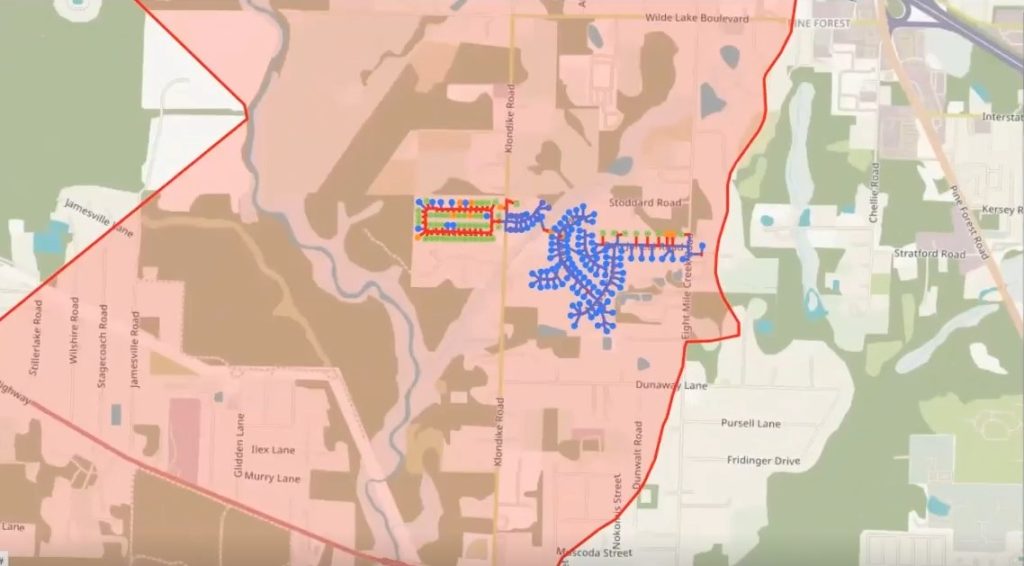
Septic to sewer conversion optimization tool
Over 2.7 million septic tanks lay buried in Florida, many of which pollute our waterways. Cleaning them up will cost billions and there’s never been a systematic way to analyze and prioritize conversion projects on a large-scale and get the biggest bang for the buck, until now.
The septic to sewer conversion optimization tool saves money and accelerates water quality investment and implementation decisions. It identifies and targets cost-efficient septic to sewer infrastructure investments and implementation decisions — in hours instead of months.
Land conservation optimization tool
Florida lands provide critical natural habitat for plants and wildlife, water quality, and protection from storms. Population growth and conversion of land is stripping the state of these valuable resources and ecological services. Targeted conservation projects can help preserve those lands that deliver the greatest environmental benefits.
The land conservation optimization tool identifies and prioritizes benefits of land conservation decisions for optimal return on investment.
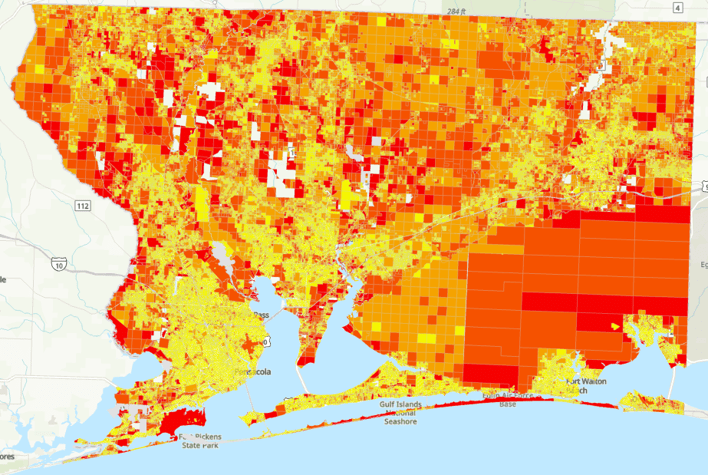
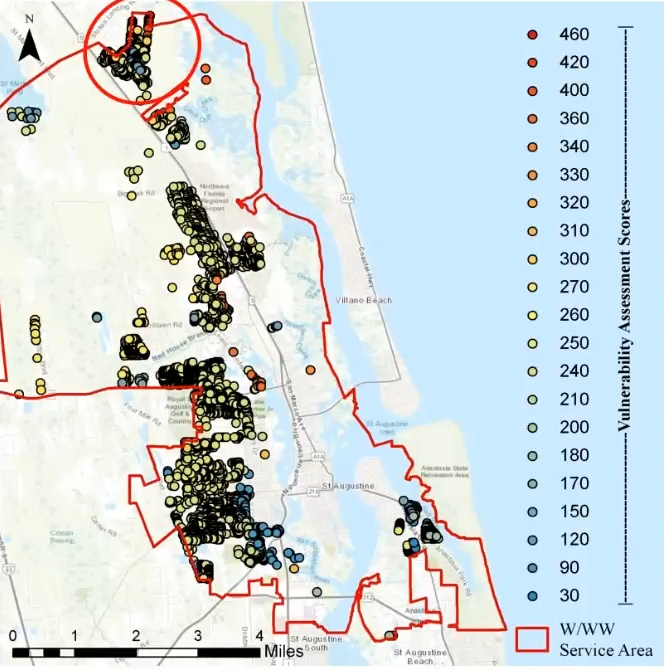
Septic vulnerability assessment tool
Septic systems occupy underground space in roughly a third of the parcels in Florida. While effective for wastewater treatment in many settings, there are many locations in Florida that are not suitable for these systems and may actually increase the potential for septic system failure, causing raw sewage to back into properties, leach upwards to the ground surface, or migrate to groundwater and nearby surface waters, causing significant environmental harm and placing people at risk with high pollutant exposure.
The septic vulnerability assessment tool identifies septic systems at risk of hydraulic failure to prevent significant human and environmental risks.
AI-driven red tide detection system
Red tide is a harmful algal bloom that causes adverse effects on water quality, ecological communities, public health and economic activity in Florida. Traditional water quality monitoring is often conducted on-site, a process that is both time-consuming and expensive. This approach, which involves collecting samples at specific locations, offers limited spatial coverage, reducing researchers’ ability to fully understand water quality hazards and their interactions with the environment.
The AI-driven red tide detection system integrates real-time satellite images with recent in-situ data, allowing scientists to reconstruct historical events and better understand the causes, development and dissipation of harmful algal blooms.
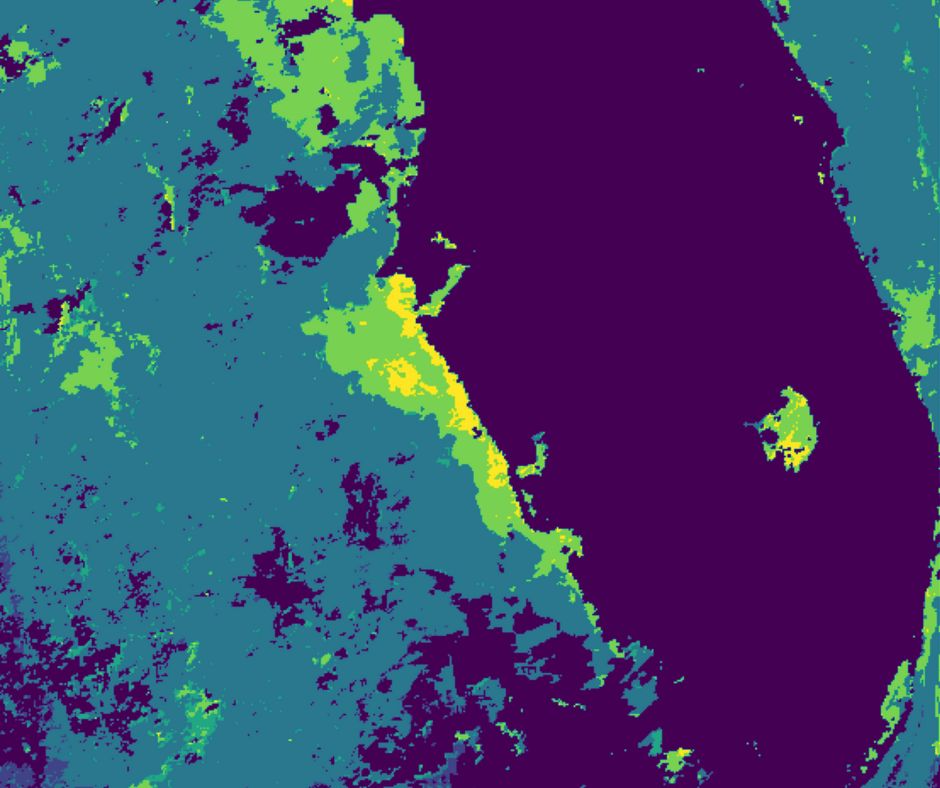
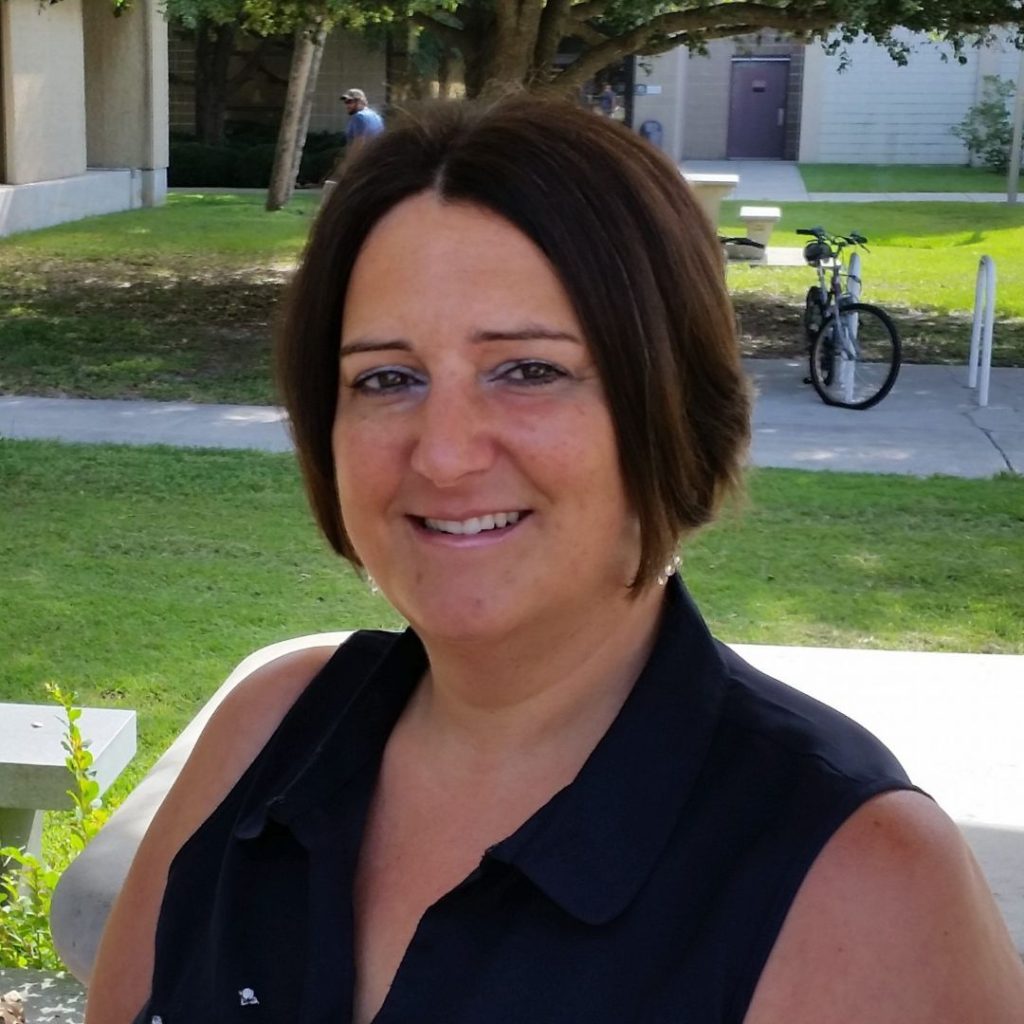
Learn more about how our decision support tools can help you
Contact Tricia Kyzar, Ph.D., researcher and project manager, at tkyzar@ufl.edu.
